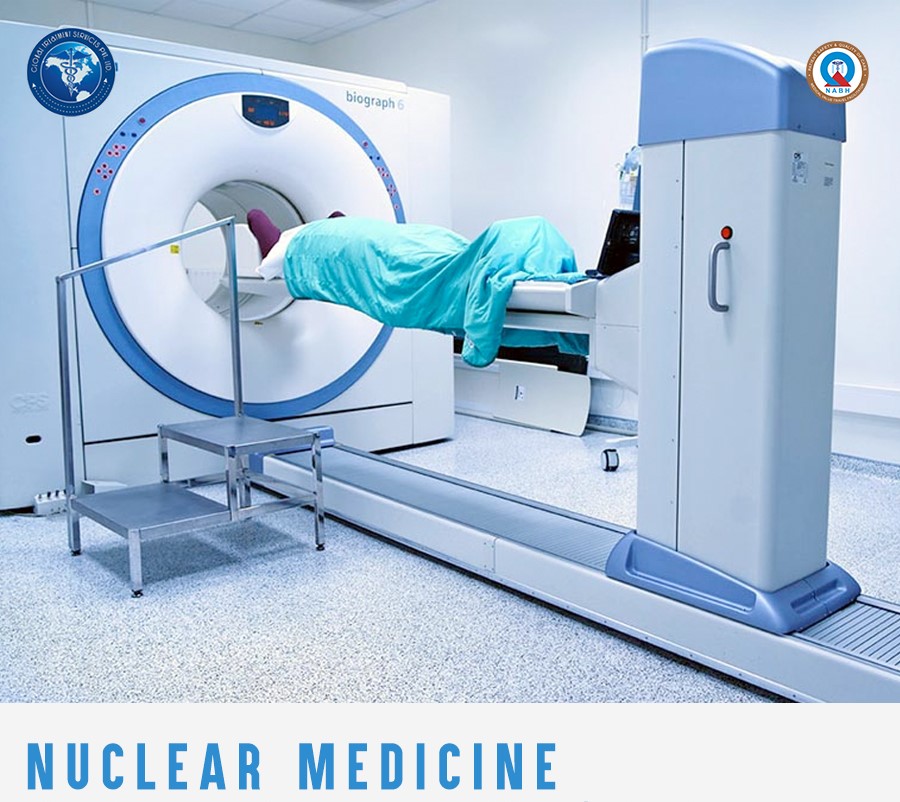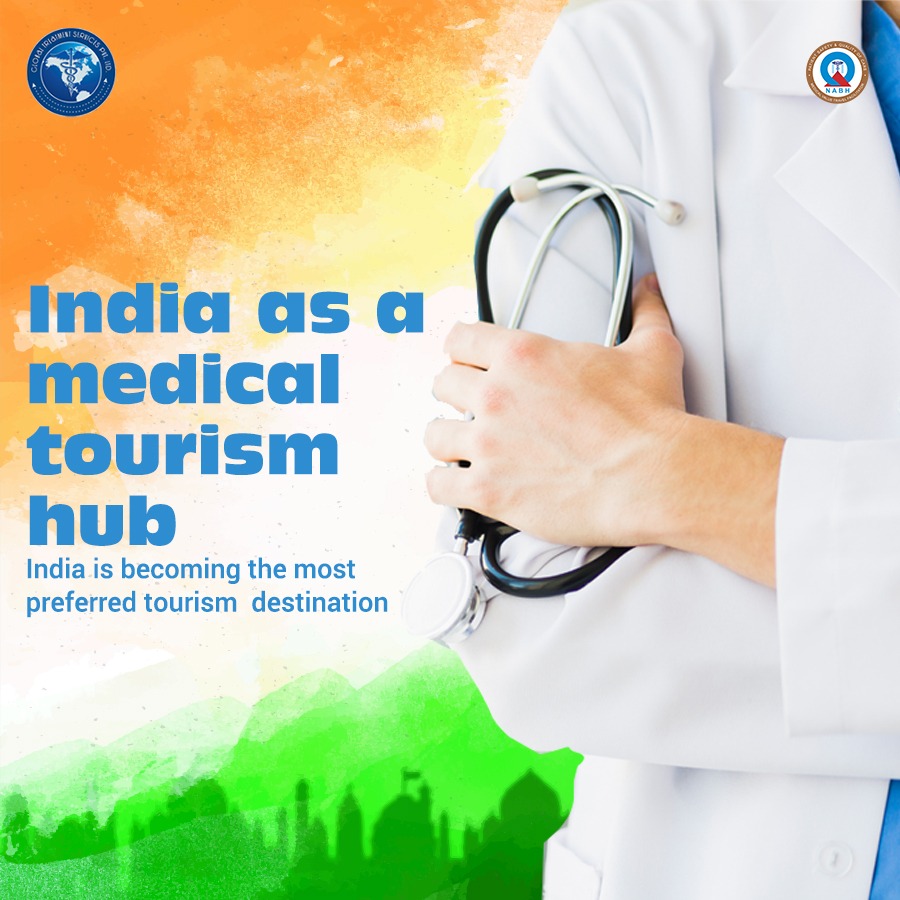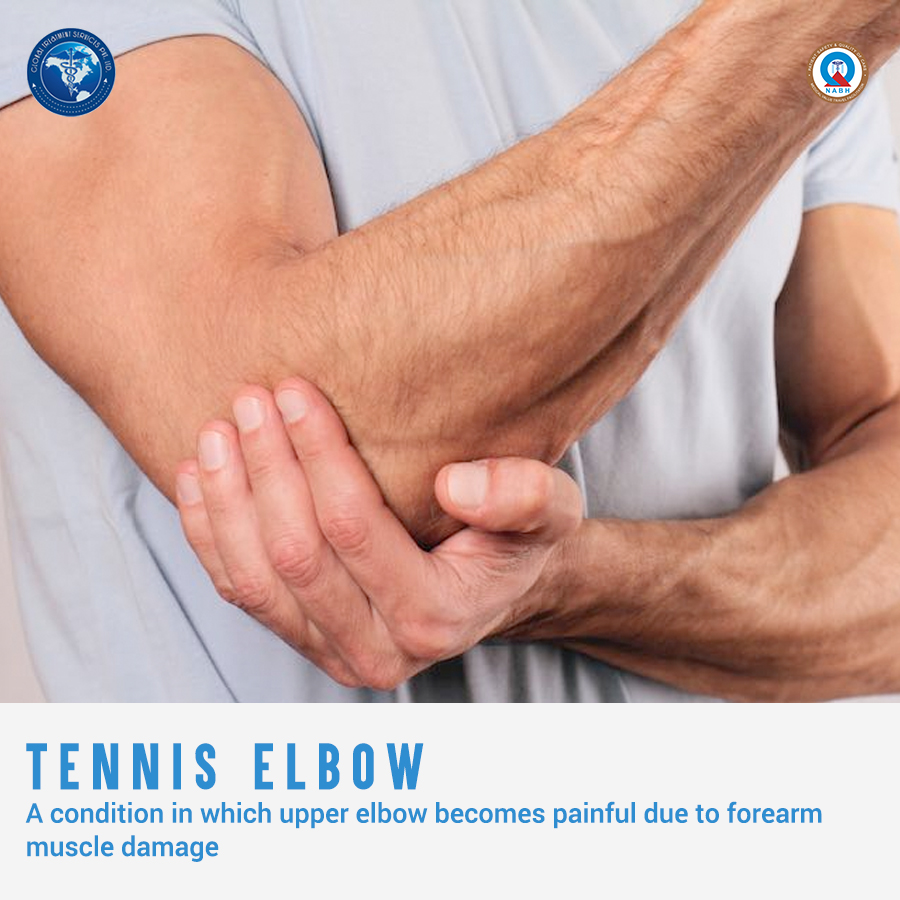Pneumonia will kill nearly 11 million children under five by 2030, experts warn based on an analysis conducted by Johns Hopkins University .Pneumonia is the biggest infectious killer of infants worldwide.More than 880,000 children , mainly aged less than two years old , died from pneumonia in 2016 alone.It is a severe lung infection which can be easily prevented with adequate measures.
What is pneumonia?
Pneumonia is a serious infection of lungs in which the tiny air sacs, or alveoli , and terminal air spaces gets filled with pus and other fluids making it difficult for oxygen to reach the blood stream.It is more common in children less than 5 years old.The inflamamtion may be caused by bacteria, viruses,fungi or chemical irritants.The infectious agents are introduced into the lungs through blood or inhalation. There are two variants of pneumonia.
Lobar pneumonia:This affects one or more sections (lobes) of the lungs.
Bronchial pneumonia:This affects patches throughout both lungs.
Why children?
- Unhealthy children with a compromised immune system has weak defenses.
- Children who suffer from malnutrion, particularly inadequate zinc intake and lack of exclusive breastfeeding have a higher risk of developing pneumonia.
- Other risk factors include:
- Being born premature
- Having asthma or genetic disorder such as sickle-cell disease
- Having heart defects such as ventricular septal defect (VSD), atrial septal defect (ASD) or patent ductus arteriosus (PDA)
- Several environmental factors such as overcrowding homes and exposure to parental smoke increases a child’s susceptibility to pneumonia and its complications
Causes and symptoms
Pneumonia begins after an infection of the nose and throat.The sypmtoms start after 2-3 days of a cold/sore throat.It then move downwards to the lungs.Fluid, white blood cells, and debris start to accumulate in the air spaces of the lungs and block gaseous exchange .
Pneumonia is caused by a variety of germs -viruses, bacteria, fungi, and parasites. The length of time between exposure to the germ and when someone starts feeling sick varies, depending on which virus or bacteria is causing the pneumonia.Some symptoms give important clues about which germ is causing the pneumonia.
Viral pneumonia :Most cases, though, are caused by viruses. These include adenoviruses, rhinovirus,influenza virus (flu), respiratory syncytial virus (RSV), and parainfluenza virus.Early symptoms of viral pneumonia are the same as those of bacterial pneumonia.
Bacterial pneumonia :This is caused by various bacteria. The streptococcus pneumoniae is the most common bacterium that causes bacterial pneumonia.Many other bacteria may cause bacterial pneumonia including Group B streptococcus,Staphylococcus aureus,Group A streptococcus.
Mycoplasma pneumonia :This presents slightly different symptoms than other types of pneumonia. They generally cause a mild, widespread pneumonia that affects all age groups.Symptoms usually do not start with a cold, and may include fever and cough are the first to develop,cough that is persistent and may last three to four weeks and a severe cough that may produce some mucus.
Other less common pneumonias may be caused by the inhaling of food, liquid, gases or dust, or by fungi.
Sometimes a child’s only sign may be rapid breathing and often when pneumonia exist in the lower part of the lungs, no breathing problems may be present but rather fever, abdominal pain or vomiting.If pneumonia is caused by bacteria, the infected child becomes sick relative quickly and is prone to developing high fever and rapid breathing.If pneumonia is caused by viruses, symptoms may appear gradually and less severe than the bacterial pneumonia .Parents should be aware of the following signs and symptoms:
- Nostril flaring
- Sternal retraction
- Increased breath rate
- > 60 breaths/min for newborns up to 2 months
- > 50 breaths/min for 2 months to 12 months
- > 40 breaths/min for a child older than 1 years of age
Four Stages
Pneumonia has four stages, namely consolidation, red hepatization, grey hepatization and resolution.
The first stage called Consolidation, which occurs within 24 hours of infection, is characterized by coughing and deep breathing. Many bacteria and few neutrophils are present.Cellular exudates containing neutrophils, lymphocytes and fibrin replaces the alveolar air.Capillaries in the surrounding alveolar walls become congested.The infections spreads to the lung roots (hilum) and lung membranes(pleura) rapidly.
The stage of Red hepatization , so called because of its similarity to the consistency of liver, is characterized by the presence of many erythrocytes, neutrophils, desquamated epithelial cells, and fibrin within the alveoli.It occurs 2-3 days after consolidation.Alveolar capillaries are engorged with blood.
In the stage of Grey Hepatization (2-3 d fter red hepatization), the lung is gray-brown to yellow because of fibrinopurulent exudate, disintegration of RBCs, and hemosiderin. The final stage of resolution is characterized by resorption and restoration of the pulmonary architecture.
Diagnosis
Sometimes a thorough physical examination is enough for the doctor to make pneumonia diagnosis.Folowing tests may be used to for further confirmation
- Chest X-ray. A diagnostic test which uses invisible electromagnetic energy beams to produce images of internal tissues, bones, and organs onto film.
- Blood tests. Blood count for evidence of infection,arterial blood gas to analyze the amount of carbon dioxide and oxygen in the blood.
- Sputum culture. A diagnostic test performed on the sputum to determine if an infection is present.
- Pulse oximetry:Used to measure the amount of oxygen in blood
- Chest CT scan: To take images of the structures in the chest
- Bronchoscopy. A procedure used to look inside the airways of the lungs
- Pleural fluid culture. A culture of fluid sample taken from the pleural space (space between the lungs and chest wall) to identify the bacteria that cause pneumonia
Treatment
Specific treatment for pneumonia will be determined by your child’s doctor based on child’s age, overall health, and medical history,extent of the condition,cause of the condition,your child’s tolerance for specific medications, procedures, or therapies,expectations for the course of the condition.
Treatment may include antibiotics for bacterial and mycoplasma pneumonia. There is no clearly effective treatment for viral pneumonia, which usually resolves on its own.Treatment will vary depending on how bad the symptoms are, and what the cause of the infection is.Other treatment may include appropriate diet,increased fluid intake,cool mist humidifier in the child’s room,acetaminophen and medication for cough.
For severe breathing problems, treatment may include
- Intravenous (IV) or oral antibiotics,Intravenous (IV) fluids
- Oxygen therapy
- Breathing treatments
- Analgesic administration
- Cough suppressant medication
Prevention
There is a pneumococcal vaccine to protect from a common form of bacterial pneumonia. Children younger than age 5 and adults ages 65 and older should get this shot.The pneumococcal shot is also recommended for all children and adults who are at increased risk of pneumococcal disease due to other health conditions.Kids should receive immunisation against Haemophilus Influenzae and Pertussis at 2 months of age.
For any queries regarding treatment facilities,email us at query@gtsmeditour.com
Read about:Frozen embryo transfer


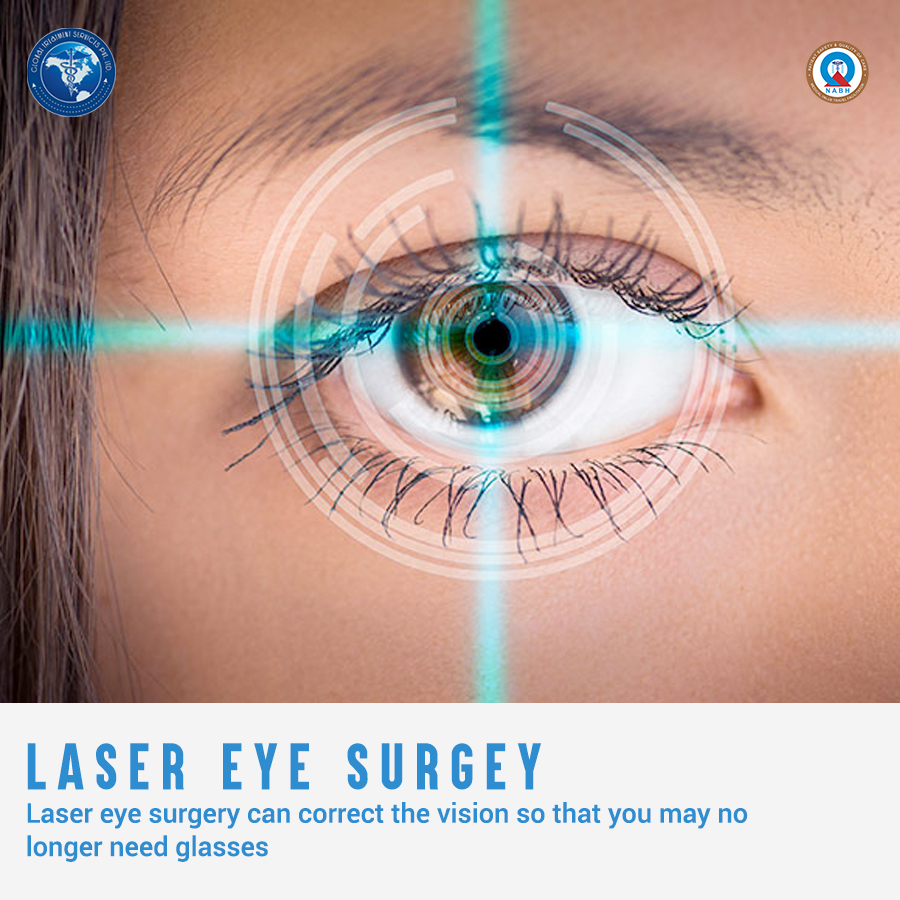
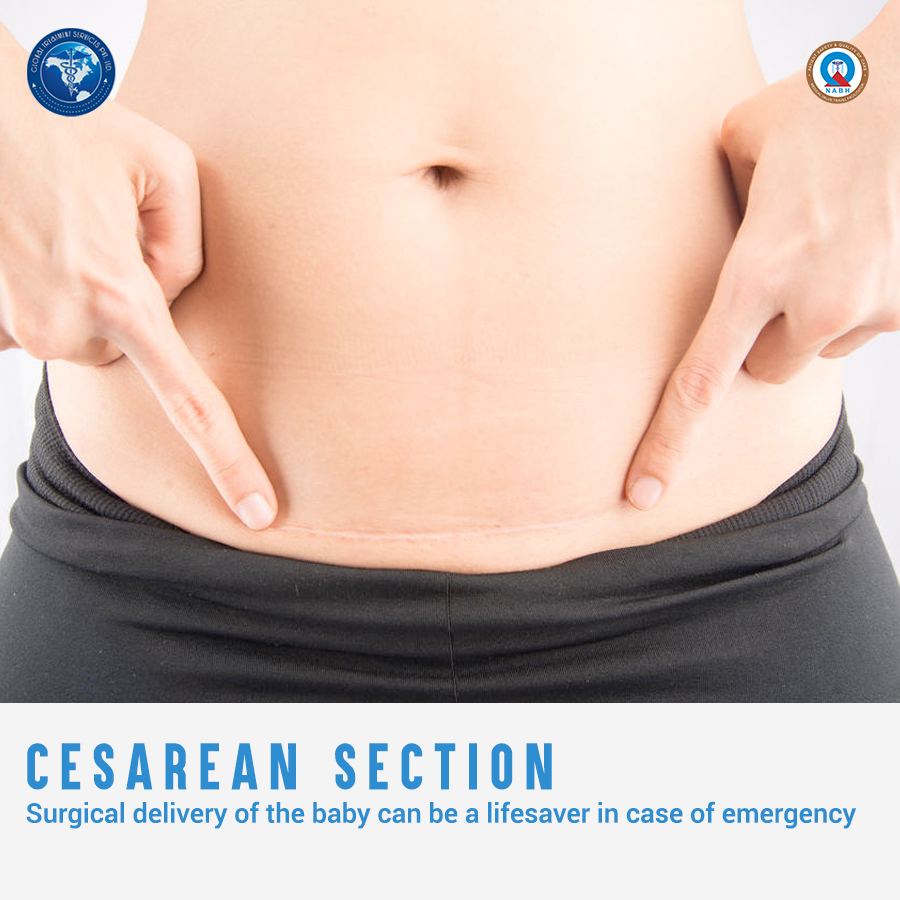
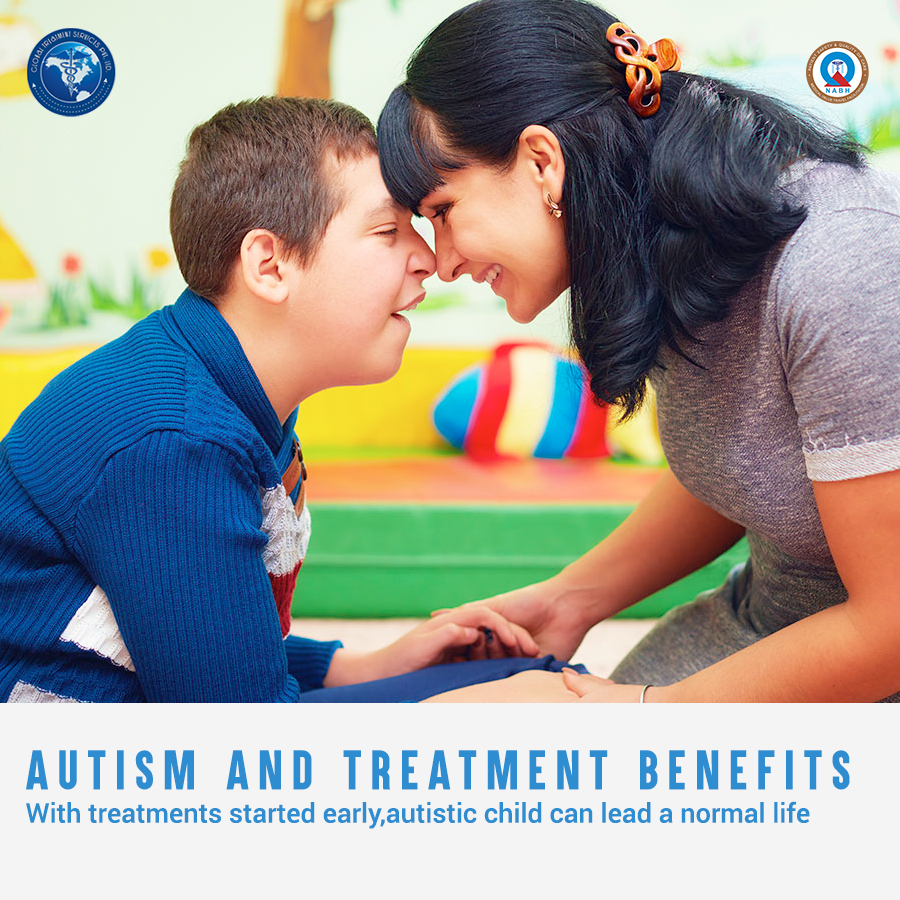 ASD is broad term used to describe a group of developmental disorders;autism has many subtypes.According to Diagnostic and Statistical Manual of Mental Disorders, five different ASD subtypes are
ASD is broad term used to describe a group of developmental disorders;autism has many subtypes.According to Diagnostic and Statistical Manual of Mental Disorders, five different ASD subtypes are

